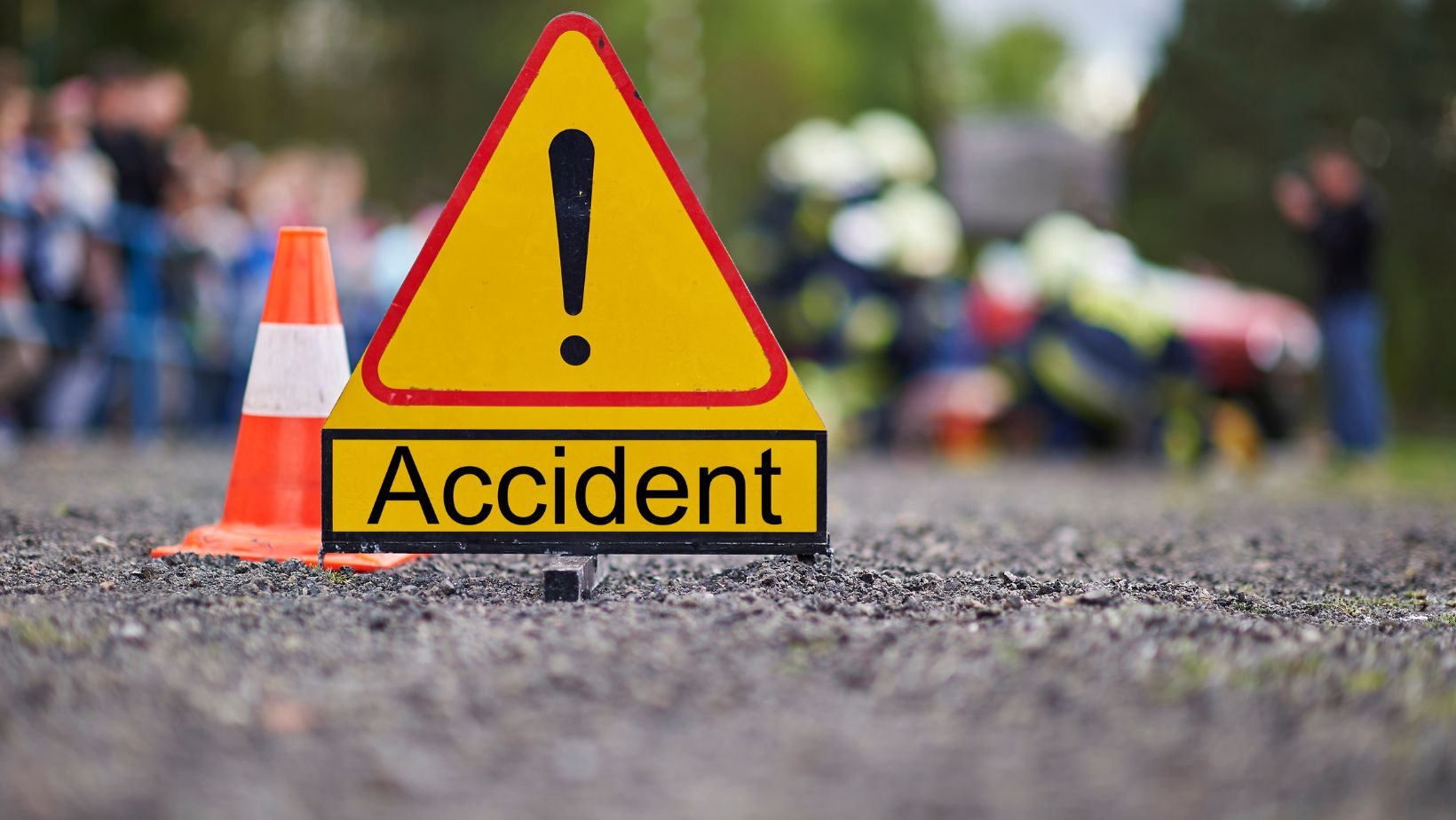Car accident statistics aren’t just numbers in government reports or insurance company databases. They represent real patterns of human behavior, road conditions, and risk factors that can help both individual drivers and policymakers make smarter decisions about traffic safety.
These data points reveal high-risk behaviors, dangerous times of day, problematic locations, and demographic trends that might surprise many drivers. Understanding what the numbers show can help people avoid becoming statistics themselves.
The most valuable aspect of crash data is how it serves as a roadmap for prevention, showing exactly where, when, and why accidents happen most frequently. Armed with this information, drivers can make informed choices about their own behavior and route planning.
What Crash Data Reveals
Peak accident times cluster around rush hour periods and weekend evenings, with Friday and Saturday nights showing particularly high rates of serious crashes. The data consistently shows that certain times of day carry dramatically higher risks than others.
Demographic patterns reveal that drivers under 25 and over 75 have higher accident rates, though for different reasons. Young drivers tend to speed and take risks, while older drivers may have vision or reaction time issues that increase crash likelihood.
Weather and seasonal patterns show clear spikes during the first snowfall of winter, heavy rain events, and holiday travel periods. These patterns help identify when extra caution is warranted and when road conditions become particularly dangerous for all drivers.
How Policymakers Use Data
Traffic engineers use crash statistics to identify high-risk intersections and road segments that need safety improvements. These data-driven decisions lead to better signage, traffic signal timing, road design changes, and targeted enforcement efforts.
Policy decisions about traffic laws often stem directly from accident statistics that show which behaviors cause the most harm. Seatbelt laws, cell phone bans, and drunk driving penalties all evolved from data showing their effectiveness in reducing crashes.
Red light cameras, speed cameras, and increased police patrols get deployed in locations where statistics show they’ll have the biggest impact on reducing accidents. This targeted approach makes limited safety resources more effective at preventing crashes.
How Drivers Can Use Stats Themselves
Understanding peak accident times helps drivers plan trips during safer periods when possible. Avoiding rush hour or late-night driving can significantly reduce your risk of being involved in a crash. 
Personal risk assessment becomes more accurate when drivers understand how their age, driving experience, and habits compare to statistical patterns. Young drivers can recognize their higher risk and adjust behavior accordingly.
Route planning benefits from knowing which roads and intersections have higher accident rates. Many GPS apps now incorporate crash data to suggest safer routes, but drivers can also research local accident hotspots to avoid problem areas.
The Role of Technology in Crash Prevention
Modern vehicles increasingly use statistical data to inform safety features like automatic emergency braking, lane departure warnings, and blind spot monitoring. These systems activate based on crash scenarios that statistics show are most common.
Navigation systems now incorporate real-time crash data and historical accident patterns to route drivers around dangerous areas. This technology makes statistical information immediately actionable for everyday driving decisions.
Insurance companies use crash statistics to offer usage-based policies that reward safer driving behaviors. These programs provide financial incentives for drivers to avoid high-risk times, locations, and behaviors identified through statistical analysis.
Conclusion
Car accident statistics provide a powerful tool for understanding and preventing crashes, but only when people actually use the information to change their behavior. The data clearly shows when, where, and why accidents happen most frequently.
Individual drivers who pay attention to statistical patterns can significantly reduce their risk by avoiding known danger zones and times. Simple changes like leaving earlier to avoid rush hour or taking alternate routes can make a real difference in safety.
Ultimately, safer roads result from informed choices by both policymakers and individual drivers. Statistics provide the knowledge needed to make those choices, but the responsibility lies with each person to act on what the data reveals about traffic safety.


